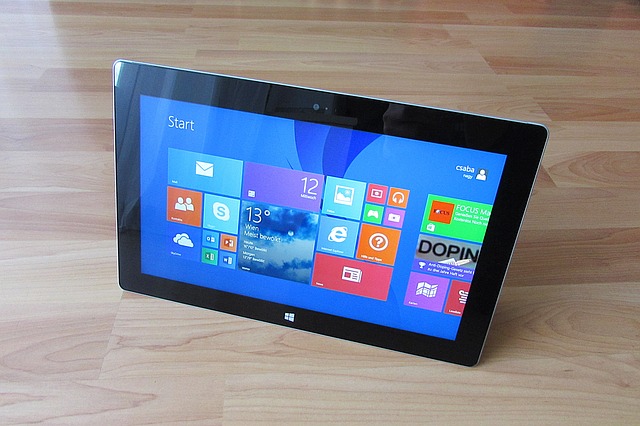Podcast: Play in new window | Embed
Mike asked: Windows 10 free upgrade – I have a laptop that didn’t come with a Windows OS CD. If I upgrade and later there’s some issues and I want to go back to Windows 8.1, what would be the best way? You talked about a bootable thumb drive. Is there any way I can create a thumb drive with enough space that I can have the Operating system, Windows 8 on?
Yes, you can create a drive with a bootable image of Windows 8 on it. Windows 8 comes with a recovery drive creation tool (just do a Windows search for “recovery drive” and it will pop up) that will either copy your recovery partition onto a flash drive or, if you don’t have a recovery partition, it will copy a bootable Windows 8 image, and let you worry about drivers and software later.
The drive itself doesn’t have to be huge, Microsoft estimates you may need 3GB to 6GB, but recovery partitions can vary, so the recovery drive creation tool will tell you how large a drive you’ll need in your particular case. Once you have that drive, you should be able to use it to restore from newer Windows of the OS the same way you would from the current version.
Keep in mind that recovering may not do anything to save your old files
Keep in mind that recovering may not do anything to save your old files, so before you roll back your OS to a previous version, make sure you have all of your files backed up. The upgrading process typically tries to keep your files untouched (so you will actually want to upgrade), but downgrading often involves completely wiping the drive and starting from scratch, don’t assume anything you need will still be there unless you take the steps necessary to make a copy and keep it safe.
You can also make an image backup of your computer using a free backup solution such as EaseUS Todo Backup. That would let you preserve operating system, applications, and data files.
In this case, you’d have the opposite problem. Your restoration would erase data files created since the backup, so be certain that you backup your data files separately.
For the first 30 days following your Windows 10 upgrade, however, there is an even easier method to roll back if you don’t like Windows 10. Just choose Settings, then Update & security, and finally Recovery. Windows 10 will preserve your old version of Windows for 30 days, and can roll back any time you want.
After 30 days the files will be deleted so if you want to test drive Windows 10 for longer than that, be sure to use one of the other methods we listed for you to make a more permanent roll back option.
If you’re happy with Windows 10, and we’ll bet that you are because we like it ourselves
If you’re happy with Windows 10, and we’ll bet that you are because we like it ourselves, you can choose to remove those old version files and get yourself some space back. Choose Settings, then Storage, then This PC, and finally Temporary Files. Scroll down to find Previous Version of Windows and then select Delete Previous Versions of Windows. You will have to confirm the deletion. Especially when using smaller boot drives like SSDs, it’s good to clean this up without waiting the month for it to age off on its own–assuming you like Windows 10, however.


